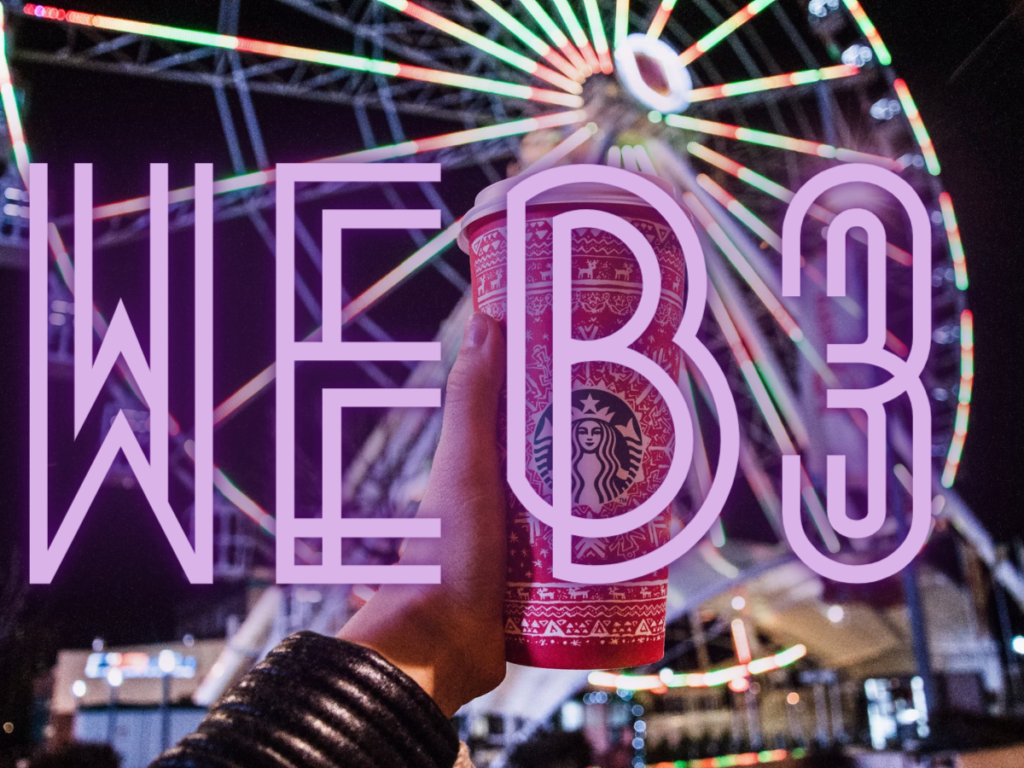Discover the challenges and potential of Web3 adoption, including Starbucks’ involvement. Explore the early stages of protocols, wallets, and exchanges, and the emergence of new token types.
It can be daunting for companies to venture into Web3, unsure whether to take small steps or dive in headfirst. Compared to established financial systems, the underlying technologies like protocols, wallets, and exchanges are still in their early stages. New token types are emerging constantly. Despite growing adoption, Web3 lags behind Web2 in terms of widespread usage, especially for consumer purchases in stable economies. It will take time for cryptocurrency to become a seamless experience for routine transactions like buying a cup of coffee. However, the introduction of Starbucks Odyssey, a new NFT-based rewards program, may pave the way for progress and inspire further innovation in this area.
Early indicators of clever design
According to recent pronouncements, the initiative is still very much in the planning stages, and the specifics have not yet been made public. However, based on what we now know, Starbucks has made some positive choices that can act as models for other corporate Web3 initiatives.
First off, Starbucks Odyssey is a supplement, not a replacement. It’s currently has almost 60 million rewards clients worldwide, including 30 million in the United States alone, making it perhaps the most successful loyalty program in the world. The loyalty program encourages recurring business, upselling, and customer personalisation, which together account for almost 50% of all Starbucks income.
Given the recent development of the technology and the questionable practicality of an NFT-based program, Starbucks would be taking a big risk by replacing its hugely successful traditional rewards program with a Web3-based one. By making Starbucks Odyssey a voluntary rewards program, Starbucks can add supplementary goods without risking the cash cow. This gives the organization more flexibility if Web3 technology changes.
Second, the program naturally attracts key groups. 50% of Starbucks’ customers are 25–40-year-old millennials, followed by 18–24-year-olds. As Starbucks grows and faces labor issues, supply chain expenses, and staff shortages, its client base will become increasingly important.
NFTs attract this demographic despite being a novel technology. Generation Z is the most financially savvy and NFT-friendly. Starbucks’ primary customer groups are encouraged by the second-largest NFT investor group, millennials.
Third, Starbucks appears to be using top-tier UI/UX design to bridge the gap between beginners and NFT/blockchain consumers. It’s mobile order and pay is successful because of its seamless UI/UX design.
Starbucks is developing Odyssey incentives with Forum3, led by co-founder Adam Brotman. Before creating Starbucks’ mobile order and pay system, Brotman was its chief digital officer. He co-founded Web3 loyalty. Starbucks Odyssey may strive to replicate customers’ seamless experience.
Ironically, this may necessitate temporarily hiding Web3’s unique characteristics. Brady Brewer, executive vice president and chief marketing officer, stated, “We happen to build it on blockchain and Web3 technologies, but, honestly, the customer may very well not even realize that they are interacting with blockchain technology.”
Advancing past marketing
For the environment of today, Starbucks Odyssey appears to be a promising application of Web3 technology. However, making the most of Web3 will necessitate making some challenging design choices. Among the few that we foresee are the following:
Managing rumors: Starbucks said that NFT owners could trade them in P2P exchanges. As the game industry has learnt, speculators in peer-to-peer NFT trading negatively damage organic consumers’ experiences. It must build markets and other methods to reduce speculation and maintain the rewards program’s incentives.
Web3 technology, especially blockchain, gives customers better asset control. The Odyssey design intentionally prevents human interaction with the underlying technology, which is necessary to fully appreciate these advantages. Starbucks’ response to self-custody requests and if customers want them are unknown.
Starbucks will gain PR by developing in-demand NFTs and being profitable as a Web3 leader. Free NFTs will delight many. It will seek to go beyond marketing expenditures and make direct and indirect revenues.
The market has shown that buyers don’t always want to pay for NFTs. Starbucks must create compelling digital rewards, especially for Gen Z, to construct a successful rewards program and generate recurring revenue. One or both of these goals must be satisfied to ensure that this program lasts longer than the next hot technology.
Although it is unknown how Starbucks will overcome these challenges, Starbucks Odyssey will nonetheless be an intriguing and extremely instructive test case for corporate Web3 adoption. Most intriguingly, it offers a test of Web3’s adoption potential and restrictions. Will Starbucks ultimately bring Web3 into the mainstream now that the most consumer-focused firm is in charge?












